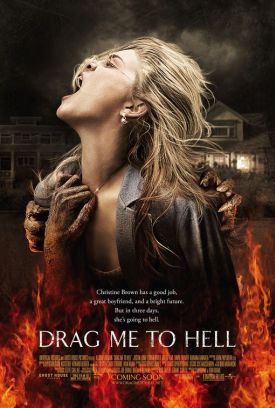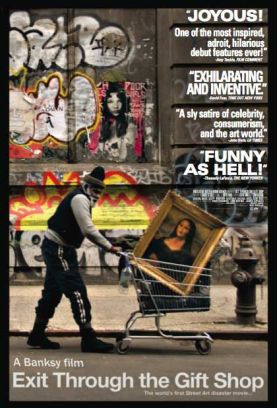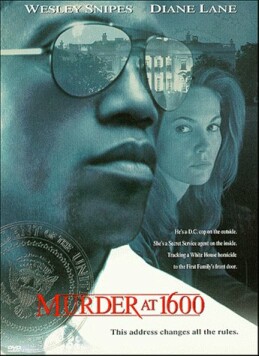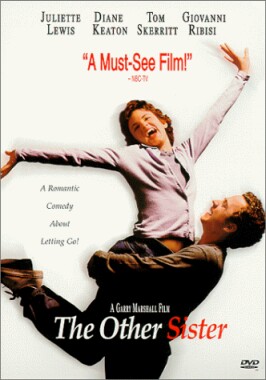Marie Baie Des Anges
Marie Baie Des Anges by Manual Pradal stars Vahina Giocante as 15 year
old Marie and Frederic Malgras as her juvenile delinquent boyfriend Orso. It is
a sort of French Kids, that egregious film of a couple of years ago which
enjoyed a brief renown as the very latest in “reality” cinema. This is a very
easy kind of film to make. You just show young kids doing as many vile things as
you can think of—which are naturally all the more vile because the kids
are so young—and carefully imply that this kind of utter anomie represents
the true moral state of what they used to call “the younger generation.” It is
all piffle, but it sells both to adults, because it makes their flesh creep, and
to kids, because they like to make adults’ flesh creep. And of course it meets
the basic requirement of today’s movies, music, art etc. of being full of
“attitude.”
In short, this is a document in the on-going history of “cool.” France has
long been an admirer of American cool because in some ways it is very French.
Pradal is here offering us an up-to-date sort of cool which is to regular movies
as rap is to regular music. It is a succession of attitudes, of tableaux
vivantes, of lost youth. It begins with Orso burglarizing a house. We see
him running. Then we see him counting money. Actually, it begins with his
shooting another boy, Goran (Nicholas Welbers), but we cut away from that in
what seems to be a flashback. The episode comes back at the end and so acts as a
framing device for the rest, which is appropriate since it is at once the
logical culmination of Orso’s attitudinizing (and Goran had earlier promised to
get him a gun) and the only real act of violence he commits.
Next we see Marie and her girlfriend, Mireille (Roxanne Mesquida) picking up
some American sailors. Neither girl, nor Orso, nor Goran, nor anyone else seems
to have any parents or even any older relatives. Marie is apparently a trained
dancer, yet at 15 she is effectively a prostitute. Where did she get the dancing
lessons? There is little striving for verisimilitude here. We simply move on to
the next tableau—in this case one of the gang of beach kids riding around
in dodge-’em cars that never stop, passing bottles of hard liquor back and
forth. Who’s running the Dodge-’em concession? Marie spends a lot of time with
the Americans. Orso tries to rob them by rifling their pockets while they are
swimming. They chase him down and beat him up. Marie, who may have been saved
from sexual assault by the distraction, feels sorry for him. A friend of hers
gives them both a lift on his motor scooter. Orso feels Marie up, but she
doesn’t mind.
Orso is sent to reform school for a crime he did not commit. There is another
tableau of the reform school boys with sickles cutting wheat so golden it hurts
your eyes. Then Orso and a bunch of others escape simply by dropping their
sickles and running. Apparently it has not occurred to the authorities in charge
that they might do this. Orso meets Marie again. While she dances to distract a
couple of fishermen, Orso steals their boat. He and Marie go out to island in
the middle of the bay, named for the Angel Shark, formerly native to those
parts. We are told by eavesdropping on a tour boat the legend of the Angel and
the shark mating. I wonder if there could be any symbolic resonance?
What follows is also very French. A Paul et Virginie sort of romance
of innocence between these two hideously experienced children. It’s The
Blue Lagoon without the plausibility. Of course this idyll must end,
crushed by unfeeling adult society, but it is hard to feel very much compassion
for these beautiful children—mainly because they have no inward lives with
which we can feel a point of connection even through their anti-social behavior.
But inwardness is just one of the things sacrificed to the film’s obsession with
commercial billboard-like tableaux. It doesn’t have to make sense. It only has
to be a romantic evocation of a lost paradise of perfect self
indulgence—for which, I guess, we are meant to feel some kind of nostalgia
of our own.
Discover more from James Bowman
Subscribe to get the latest posts to your email.







